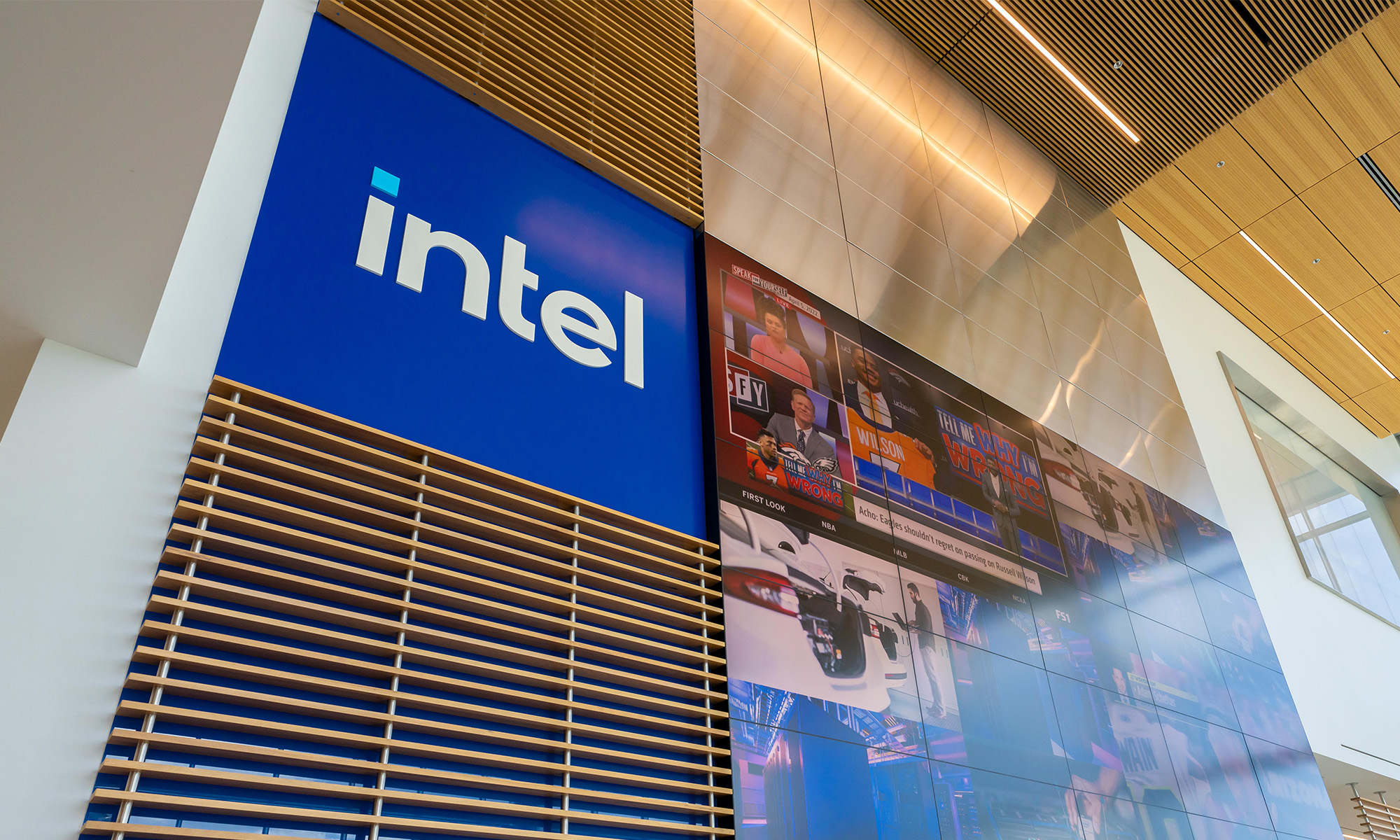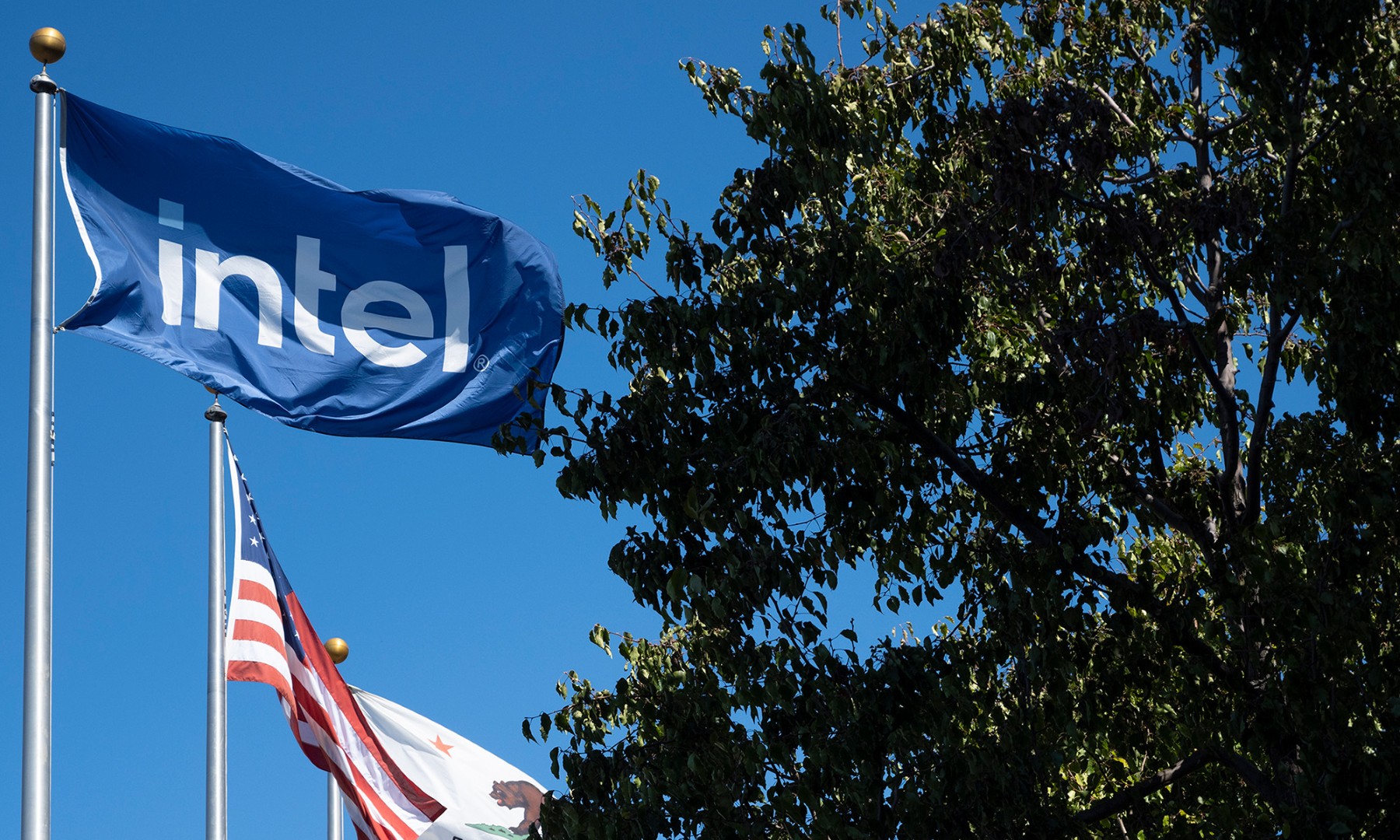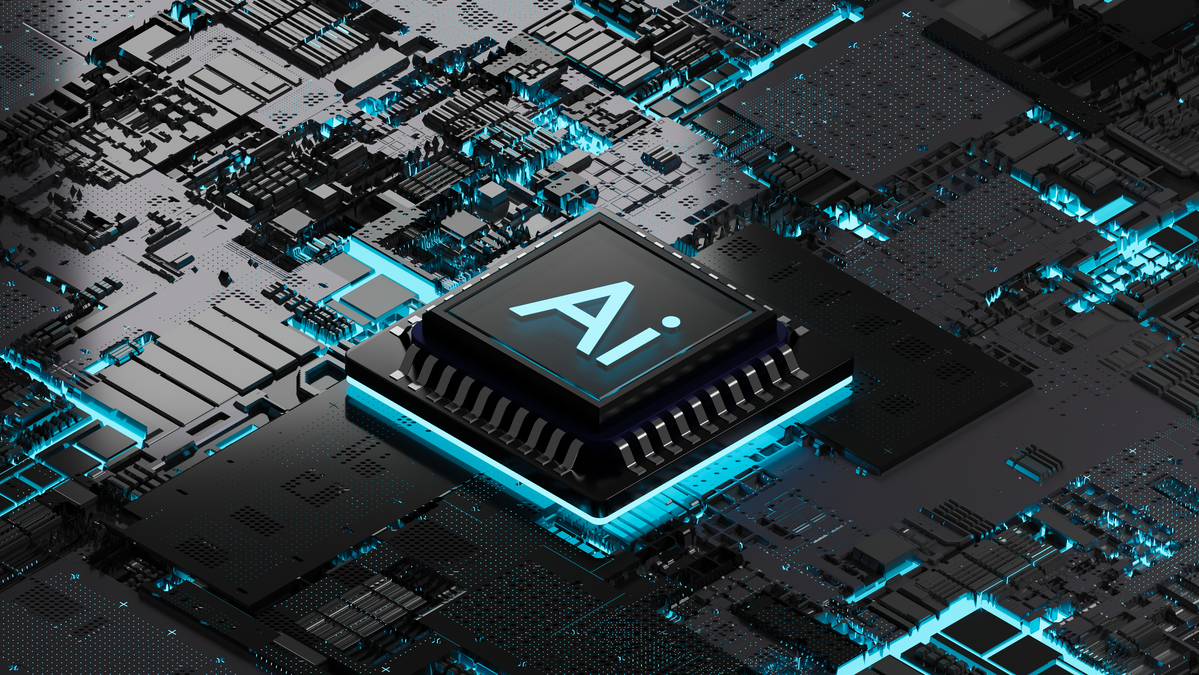Intel (INTC 4.30%) shares have surged recently, roaring higher by more than 100% year to date. The company has returned to revenue growth and attracted investments from some important parties, including AI (artificial intelligence) chip company Nvidia (NVDA 3.30%). Even more, it has also announced an important collaboration with the nearly $5 trillion chip giant.
But the stock's big move and new partnerships raise the stakes for the company's roadmap going forward.
The question is not whether Intel can consistently grow again. It's looking like it almost certainly will. The better question is if that growth can support better profitability in the future -- and how long that will take for growth to accelerate meaningfully.

Image source: Getty Images.
Q4 guidance resets margins
Intel's third-quarter revenue rose 3% year over year -- a huge improvement from when revenue fell 6% year-over-year in the year-ago quarter. This is great, but the stock market has already priced in this turnaround, given the stock's surging price. The real focus, therefore, should be on what to expect going forward. We need more growth and profitability.
Intel's fourth-quarter outlook calls for revenue between $12.8 billion and $13.8 billion, with the midpoint implying about $13.3 billion. On a reported basis, that sits below last year's fourth quarter, though investors should note that comparability is affected because the new outlook excludes Altera after Intel sold a majority stake. Adjusting for this stake, Intel is guiding for flat year-over-year growth. Assuming there is some conservatism baked into this guide, it wouldn't be surprising to see Intel grow around 3% again in Q4 (when adjusted for the sale of Altera).
But 3% growth isn't exciting in the context of the stock's massive rise recently. Even worse, the company expects a sequential step down in its gross margin.
In short, this business is unfortunately failing to deliver the stock price calls for.
Or is it?
A look under the surface shows that Intel's subdued growth is primarily supply related -- and possibly even temporary.
"Current demand is outpacing supply, a trend we expect will persist into 2026," Intel CFO David Zinsner said in the third-quarter news release.
This puts the company's recent moves to partner up with entities like Nvidia that bring capital to the table into perspective. Capital is helping the company better address its supply issues and respond to demand while improving its offerings, speeding up production, and expanding its product suite.
"[O]ur improved balance sheet flexibility will allow us to quickly and responsibly respond to demand as it comes," said Zinsner in the company's third-quarter earnings call.

NASDAQ: INTC
Key Data Points
Looking further out
Intel and Nvidia plan to develop multiple generations of custom data-center and PC products that tie Intel's CPU platforms to Nvidia's accelerated computing stack via NVLink.
That collaboration may widen Intel's product breadth and strengthen its positioning with large buyers. But it remains to be seen just how much faster revenue can grow than the costs to fund these growth efforts.
Unfortunately, therefore, there's not much insight the company's financials might inflect.
Investors can hope for a big acceleration in revenue and profit long-term, but it would be wise to look for some signs of success in the near future to help confirm the company is on a good path. So, here's what I'll be watching in Intel's next quarterly report to confirm momentum. First, does the fourth-quarter revenue land near the high end of the range, indicating good execution on supply as the company catches up to its strong demand? Second, what will first-quarter 2025 guidance look like? Further acceleration -- combined with at least a stabilization in gross margin -- would confirm that the company may really be on a path toward improving financials.
Looking out even further beyond Q4 and whatever management guides for Q1, investors keep also an eye on sequential growth rates throughout the year.
Overall, Intel stock's risk-reward profile looks balanced (not overvalued, but also not attractive) at its current price. With a price-to-sales ratio of three as of this writing, compared to about 1.8 a year ago, I'd argue that much of the expected reacceleration in its business is already priced in. So I'll personally stay on the sidelines for now. But I'll be keeping a close eye on Intel to see how well it executes with the help of Nvidia. If shares drop sharply for some reason in the next year, I might reconsider my stance -- especially if the company's underlying business has improved materially by then.





